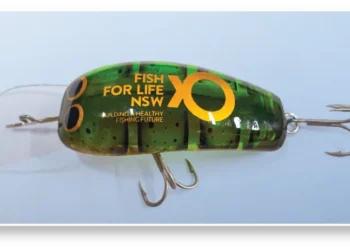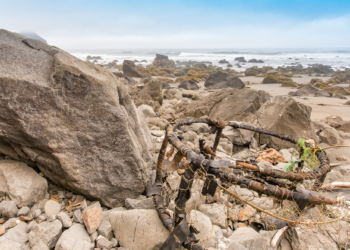
INTERESTING to see that Fisheries Queensland has closed the black jewfish fishery on the East Coast from March 8, as reported on our website on March 10. The current season only opened on January 1, 2021 and won’t reopen until January 1, 2022. It’s because the 2021 total allowable commercial catch limit (TACC) of 20 tonnes on the East Coast has been reached already. And the no-take status of the species in that area will apply to both commercial and recreational fishers.
Penalties will apply to any fisher caught taking black jewfish during the closure. And, if you’re silly enough to keep some and try to sell them, you could be hit with a $400,000 fine or three years imprisonment.
Tough stuff and it just may be the way of the future. Harvest strategies are now the favourite tools to ensure the sustainability of individual species and what that means is that if commercial TACCS are hit part way through a fishing season, the fishery will close completely to hopefully allow recovery time. The Western Australians have used the closed season management approach for key saltwater fish species for several years now, and South Australia has adopted it for snapper, but here in the east we’ve relied on size and bag limits and questionable surveys as the principal saltwater recreational fishery management tools. I’d suggest that’s going to change. The black jewfish might be first off the rank, but mulloway, snapper and yellowtail kingfish, at least for starters, will probably follow.
Closed seasons have been part of total species management practices in many parts of the world for years and have been accepted here for freshwater species such as Murray cod and Australian bass. Harvest strategies mean that this approach will no doubt extend to key vulnerable saltwater species. So, in the hope of preserving healthy numbers of our favourite fish at good sizes we’ll probably just have to grin and bear it and target other fish in off-seasons.
Black jewfish are probably unlucky in that they’re great to eat, fight extremely hard and have a bonus for commercial fishers in the form of swim bladders highly sought by Asian medical markets at ridiculous prices. They also don’t release well from depths of over a few metres. Good fishing lodges will sometimes impose their own limits on guests targeting black jewfish in deeper water, often “strongly encouraging” them to only land 1 each per trip as “catch and release” just doesn’t work. In Queensland, the East Coast minimum size limit is 75cm with a possession limit of 1. In the Gulf of Carpentaria, the size limit is 60cm and at the time of writing the fishery is still open to both commercial and recreational fishers, but it’ll close as well if and when the commercial TACC of 6 tonnes is reached.
Black jewfish are a great species. If this tough approach is what’s need to ensure their survival, well so be it.
















